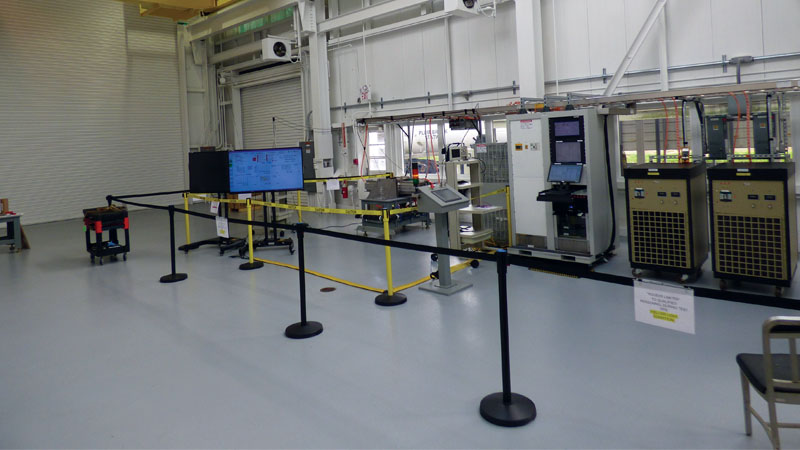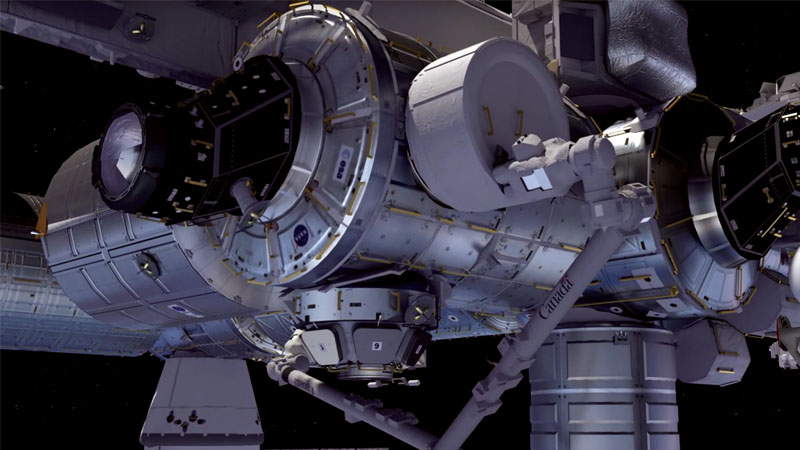Artificial intelligence and hypersonic weapons drive sensing, fusion research
By Raymond S. Swanson and Kent R. Engebretson|December 2019
The Sensor Systems and Information Fusion Technical Committee advances technology for sensing phenomena, fusion of data across sensors or networks, and autonomous collaboration between information systems.
In February, the Pentagon released its artificial intelligence strategy with the Joint Artificial Intelligence Center at the head of the effort. The Pentagon indicated that the Defense Department will implement AI into existing processes, digitization and smart automation. The document urges action “to protect our security and advance our competitiveness” in developing safe, ethical and secure AI solutions. The strategy says that JAIC will work with government, private sector, academia and international partners.
AI has reshaped the sensing landscape. In June, a new Lux Research report titled “Intelligent Sensing: The Impact of AI on Sensor Capabilities” identified the impact of AI on a range of sensor types, including optical, mechanical and acoustic sensors through analysis of more than 130,000 patents since 2012.
“With the advent and proliferation of artificial intelligence technologies — concentrated in machine learning — the capabilities of software-defined sensors are increasing at a breakneck pace,” Cole McCollum, research associate in sensors at Lux and lead author of the report, said in an article. “AI for analyzing sensor data enables far more robust predictions and classifications using sensor signals compared to other methods like physics-based models. We are already seeing this innovation potential with the development of applications ranging from medical diagnosis to predictive maintenance.”
The greatest concentration of growth in new sensors is in consumer applications with the most activity in optical sensing across all applications. The other primary sensing emphasis has been on development of and defense against hypersonic weapons. The high speed and unpredictable maneuverability of these weapons creates a difficult challenge for existing sensing architectures. Concerned with the rising threat of hypersonic weapons from China and Russia, the U.S. Missile Defense Agency in 2018 awarded contracts for concepts regarding the Space Sensor Layer, which detects and tracks hypersonic threats from birth to death. In April, MDA asked Congress for an additional $108 million for hypersonic and ballistic space sensor development in fiscal 2020. The newly established Space Development Agency, working collaboratively with MDA on the Space Sensor Layer, revealed in June its fiscal 2020 plans for a proliferated low Earth orbit satellite constellation that would consist of about 1,200 satellites across five layers: a 200-satellite custody layer, a 658-satellite space transport layer, a 200-satellite tracking layer, a 200-satellite deterrence layer and three advanced maneuvering vehicles. The space layer will require not only increased sensor capabilities but also AI and improved communications to process data and provide battle management recommendations to commanders.
In addition to defense against hypersonic weapons, development of hypersonic weapons also poses significant sensing challenges. In June, DARPA issued a solicitation for the Extreme Environment Sensors project. The goal is to develop and validate robust distributed instrumentation systems capable of withstanding the extreme heat, shock and vibration of hypersonic flight.



































